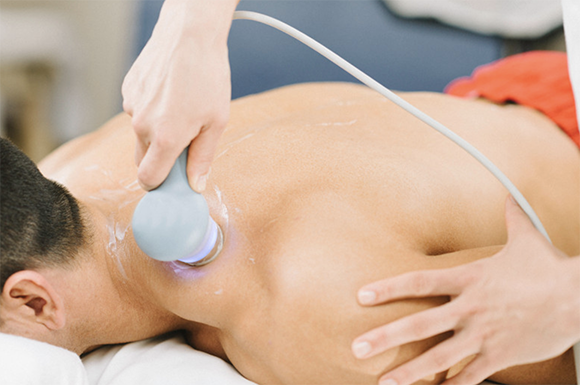A stiff neck and cervical radiculopathy are distinct conditions with different
causes, symptoms, and treatment approaches:
Stiff Neck (Cervical Muscle Strain/Spasm):
- Cause: Typically results from muscle tension, poor posture,
sleeping in an awkward position, or minor strain from sudden movement
- Main symptoms: Difficulty and pain when turning the head,
localized soreness or aching, muscle tightness, and sometimes headache
- Pain location: Usually confined to the neck area, possibly
extending to the shoulders
- Duration: Often resolves within a few days to a week with
appropriate self-care
- Other characteristics: May be worsened by movement and
improved
with rest, heat, and gentle stretching
Cervical Radiculopathy (Pinched Nerve):
- Cause: Results from compression or irritation of a nerve
root
in the cervical spine, often due to herniated disc, bone spurs, or spinal
stenosis
- Main symptoms: Radiating pain, numbness, tingling, or
weakness
that travels from the neck into the shoulder, arm, and sometimes hand or
fingers
- Pain location: Follows a specific pattern based on which
nerve
root is affected (dermatome pattern), often described as sharp, electric, or
burning
- Duration: May persist for weeks or months without proper
treatment
- Other characteristics: Symptoms may be worsened by certain
neck
positions or movements that increase nerve compression, and a specific nerve
test called the Spurling's test is often positive
Key differences in clinical presentation:
- Radiculopathy involves nerve-related symptoms (numbness, tingling, radiating
pain, weakness) whereas a stiff neck primarily involves muscle pain and
reduced
movement
- Radiculopathy symptoms extend down the arm in a specific pattern while stiff
neck symptoms are more localized
- Radiculopathy often affects specific activities like gripping or lifting
objects, while a stiff neck mainly affects neck movements
Treatment approaches differ for these conditions, though there is some overlap. A
stiff neck often responds well to gentle stretching, heat therapy, and
over-the-counter pain relievers. Cervical radiculopathy typically requires a
more
comprehensive approach potentially including specific nerve mobilization
techniques,
posture correction, and sometimes medication or injections for nerve pain.
Our specialists can determine which condition you're experiencing through careful
assessment and develop an appropriate treatment plan tailored to your specific
situation.


